A thorough examination of partial objects
Introduction
Klein opens her 1946 paper, Notes on Some Schizoid Mechanisms, by outlining its objective:
The present paper is concerned with the importance of early paranoid and schizoid anxieties and mechanisms.
Although ambitious, Klein focuses on the infant — particularly during the first three months of life — and how certain anxieties emerge alongside attempts to manage them. Her discussion clearly engages with both paranoia and schizophrenia. She writes:
I have given much thought to this subject for a number of years, even before clarifying my views on the depressive processes in infancy.
Klein acknowledges that her previous work paved the way for this paper, even before she fully developed her concept of “depressive processes” in infancy. It’s no surprise that this piece was long in the making — many, including Deleuze and Guattari, have praised Klein for her departure from normative psychoanalysis (though they also critique her in several ways).
In any case, Klein presents this work as a crucial precursor for her concept of the depressive position. She explains:
In the course of working out my concept of the infantile depressive position, however, the problems of the phase preceding it again forced themselves on my attention.
The depressive position is a stage in infant where the infant begins to perceive the mother as a whole object. As a result, the infant experiences guilt, fearing that their aggressive impulses may have harmed the mother. Thus, Klein is raising an important question: What was the infant experience prior to conceptualizing the mother as a whole object? Klein continues:
I now wish to formulate some hypotheses at which I have arrived regarding the earlier anxieties and mechanisms.
Now we begin with the analysis…
Klein writes:
The hypotheses I shall put forward, which relate to very early stages of development, are derived by inference from material gained in the analyses of adults and children, and some of these hypotheses seem to tally with observations familiar in psychiatric work.
Though Klein examines the early stages of infancy along with the anxieties and defense mechanisms that emerge, she acknowledges that her hypotheses are based on evidence drawn from the analysis of adults and children. She also notes that some of her hypotheses align with familiar psychiatric observations. She continues:
To substantiate my contentions would require an accumulation of detailed case material for which there is no room in the framework of this paper, and I hope in further contributions to fill this gap.
Since her analysis is based on evidence gathered from adults and children, Klein acknowledges its limitations. She notes that fully substantiating her argument would require “detailed case material,” which she hopes future research will provide. Klein elaborates:
At the outset it will be useful to summarize briefly the conclusions regarding the earliest phases of development which I have already put forward.
Now, we move to the summaries of various theorizations that Klein has formulated:
In early infancy anxieties characteristic of psychosis arise which drive the ego to develop specific defence-mechanisms.
One of Klein’s theories is that, in early infancy, certain anxieties emerge, bearing characteristics similar to psychosis observed in children and adults. In response, the ego develops particular defense mechanisms to protect itself from these anxieties. She writes:
In this period the fixation-points for all psychotic disorders are to be found.
Klein traces all psychotic disorders back to this stage of infancy. When such disorders appear in children or adults, she considers it essential to examine their origins in early infancy. She continues by responding to a misinterpretation of her theory:
This hypothesis led some people to believe that I regarded all infants as psychotic; but I have already dealt sufficiently with this misunderstanding on other occasions.
Though she does not reference what occasions she is referring to her, she makes it clear that she does not view all infants as psychotic. Regardless, she writes:
The psychotic anxieties, mechanisms and ego-defences of infancy have a profound influence on development in all its aspects, including the development of the ego, super-ego and object-relations.
Therefore, the psychotic anxieties that emerge in infancy play a crucial role in shaping the ego, the super-ego, and object relations writ large — all of which will be explored in-depth later.
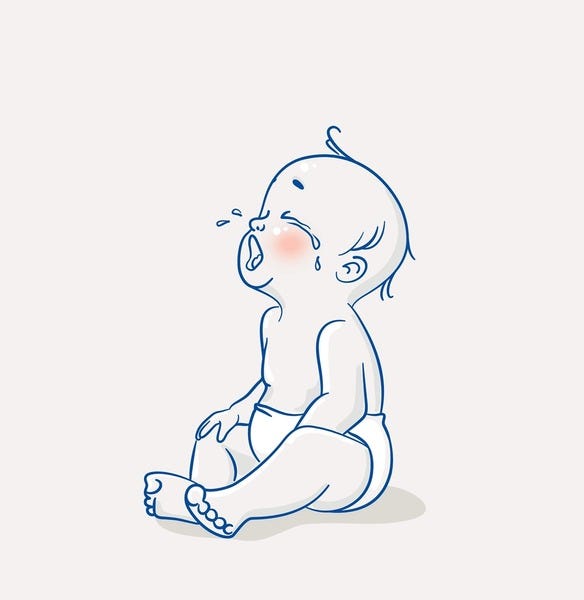
Building on the concept of object relations, Klein continues:
I have often expressed my view that object-relations exist from the beginning of life, the first object being the mother’s breast which to the child becomes split into a good (gratifying) and bad (frustrating) breast; this splitting results in a severance of love and hate.
Klein’s concept of object relations suggests that the infant initially perceives and experiences the world as fragmented objects rather than unified wholes. For example, the infant does not recognize the mother as a whole object, but instead relates to objects and parts; the mother’s breast is the first object the infant attaches to. However, the breast-object becomes split into two distinct parts: a “good” breast that provides milk, and a “bad” breast that the infant projects aggression upon (e.g., through biting). At this stage, the infant does not perceive the breast as both good and bad simultaneously; instead, the infant experiences the breast as entirely one or the other.
I have further suggested that the relation to the first object implies its introjection and projection, and thus from the beginning object-relations are moulded by an interaction between introjection and projection, between internal and external objects and situations.
Here, Klein is arguing that an infant’s relationship with their first object (usually the mother’s breast) involves two processes: introjection and projection. To understand Klein’s argument, let’s review what these concepts are:
- Introjection refers to the internalization of aspects of the external world, such as beliefs, feelings, and attitudes. For the infant, this means internalizing the experience of the mother’s breast as nurturing of frustrating.
- Projection refers to the expelling of internal feelings — especially negative ones — onto external objects. In the infant’s case, this often manifests as directing frustration or aggression toward the mother’s breast through actions like hitting or biting.
Through the interaction between introjection and projection — between the internal and external — object relations take shape, fundamentally shaping the infant’s experience of the world. Klein writes:
These processes participate in the building up of the ego and super-ego and prepare the ground for the onset of the Oedipus complex in the second half of the first year.
It is evident that Klein’s analysis in this paper focuses on the stages preceding the depressive position. Moreover, these early stages lay the foundation for the emergence of the Oedipus complex in the second half of the infant’s first year.
She continues by discussing these impulses:
From the beginning the destructive impulse is turned against the object and is first expressed in phantasied oral-sadistic attacks on the mothers breast, which soon develop into onslaughts on her body by all sadistic means.
Klein explains that the infant projects its destructive impulses onto the breast, expressing them through oral-sadistic attacks, such as biting. Over time, this aggression escalates into a broader assault on the mother’s body, as the infant attempts to attack and destroy it. She explicates:
The persecutory fears arising from the infant’s oral-sadistic impulses to rob the mother’s body of its good contents, and from the anal-sadistic impulses to put his excrements into her (including the desire to enter her body in order to control her from within) are of great importance for the development of paranoia and schizophrenia.
The infant’s anxieties take the form of persecutory fears, driven by an urge to destroy the mother’s body and is “good contents.” From the perspective of anal-sadistic impulses, Klein notes that the infant seeks to “put his excrements into [the mother]” as a means of exerting control over her body. These oral- and anal-sadistic impulses serve as early precursors to the development of paranoia and schizophrenia.
Klein writes:
I enumerated various typical defences of the early ego, such as the mechanisms of splitting the object and the impulses, idealization, denial of inner and outer reality and the stifling of emotions.
Here, Klein outlines several defense mechanisms that the infant’s early ego develops in order to manage anxieties. Let’s go over them now:
- Splitting the object and the impulses: This refers to the dividing of objects (such as the mother’s breast) into categories of “good” and “bad.” In the same vein, impulses are split as the infant relates to the “good” and “bad” breast differently.
- Idealization: This refers to how the infant exaggerates the “good” aspects of an object to maintain a sense of security. For example, the infant might idealize the breast as a source of nourishment.
- Denial of inner and outer reality: This refers to the infant unconsciously rejecting their emotions or the external world to avoid anxiety.
- Stifling of emotions: This refers to the repression of emotions like anger or anxiety to prevent the infant from being overwhelmed.
Klein not only examines different defense mechanisms but also explores various forms of anxiety:
I also mentioned various anxiety-contents, including the fear of being poisoned and devoured.
These fears — such as being poisoned or eaten alive — induce anxiety in the infant (and, understandably, in anyone imagining such experiences). However, these defense mechanisms and anxieties also have the potential to contribute to various psychological illnesses later in life. Klein explains:
Most of these phenomena — prevalent in the first few months of life — are found in the later symptomatic picture of schizophrenia.
To reiterate, the symptoms observed in children and adults are not separate occurrences, but rather, a result of the defense mechanisms and anxieties formed in early infancy.
What should we call this early phase of infancy? Klein writes:
This early period (first described as the ‘persecutory phase’) I later termed paranoid position, and held that it precedes the depressive position.
Klein initially referred to this early stage of infancy as the “persecutory phase,” which she later renamed the “paranoid position.” While this blog post will not analyze every footnote, the one at the end of this sentence is particularly significant. The footnote states that — and as we will see in the next section — Klein uses the term “paranoid position” interchangeably with Scottish psychoanalyst W. R. D. Fairbairn’s concept of the “schizoid position.” After further deliberation, Klein merges these terms, ultimately coining the phrase “paranoid-schizoid position” to describe this early developmental stage. Understanding this distinction now is crucial to avoiding confusion later.
Furthermore:
If persecutory fears are very strong, and for this reason (among others) the infant cannot work through the paranoid-schizoid position, the working through of the depressive position is in turn impeded.
The main issue with persecutory fears and anxieties lies in their intensity and the infant’s capacity to navigate the paranoid-schizoid position. If these anxieties remain unresolved or are not handled properly, they hinder the infant’s ability to progress through the depressive position, fundamentally disrupting development. The result is problematic:
This failure may lead to regressive reinforcing of persecutory fears and strengthen the fixation-points for severe psychoses (that is to say, the group of schizophrenias).
The failure to process these persecutory fears leads to a regression, intensifying these anxieties rather than resolving them. If the infant remains stuck in this early stage — unable to progress toward the depressive position — they develop severe psychiatric disorders, particularly those within “the group of schizophrenias.” Not only does Klein discuss the problems of persecutive fears in the paranoid-schizoid position, but she also discusses the problems these anxieities produce within the depressive position:
Another outcome of serious difficulties arising during the period of the depressive position may be manic-depressive disorders in later life.
An important aspect to note is that Klein associates schizophrenic disorders with the infant’s experience of the paranoid-schizoid position, whereas manic-depressive disorders correspond to the infant’s engagement with the depressive position.
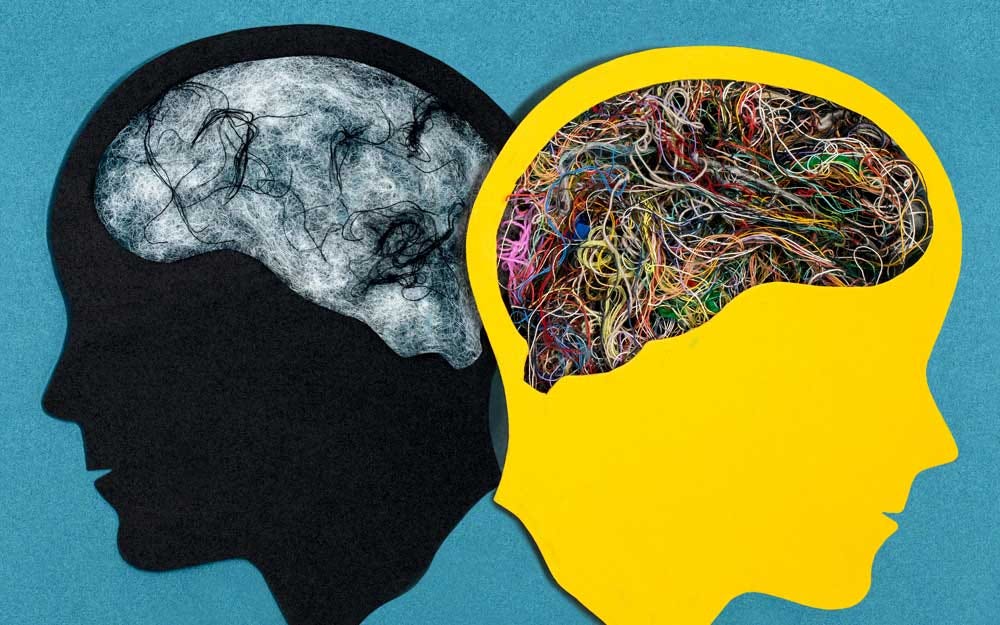
Klein continues:
I also concluded that in less severe disturbances of development the same factors strongly influence the choice of neurosis.
Further still, even milder forms of persecutory fears and anxieties shape the degree of neuroticism in an individual. Whether in childhood or adulthood, one’s early relationship to the paranoid-schizoid and depressive positions influences the symptoms they experience and their neurotic behaviors. Klein explains:
While I assumed that the outcome of the depressive position depends on the working through of the preceding phase, I nevertheless attributed to the depressive position a central role in the child’s early development.
Klein acknowledges that an infant’s ability to enter the depressive position depends on successfully navigating the paranoid-schizoid position. However, she emphasizes that the depressive position itself plays a crucial role in a child’s development.
Klein continues:
For with the introjection of the object as a whole the infant’s object-relation alters fundamentally.
Within the depressive position, as previously explained, the infant begins to integrate objects as whole entities rather than fragmented parts. At this stage, the infant introjects (internalizes) the object in its entirely, recognizing the breast’s nurturing and frustrating aspects simultaneously; the infant recognizes that the breast was part of the mother all along. This marks a fundamental shift in the infant’s object-relations, as they now engage with others in a more complex way. She explains:
The synthesis between the loved and hated aspects of the complete object gives rise to feelings of mourning and guilt which imply vital advances in the infant’s emotional and intellectual life.
Feelings of mourning and guilt emerge in the depressive position as the infant realizes that their attacks on the breast were also attacks on something they love — their mother and the nourishment she provides. This newfound awareness fosters emotional and intellectual growth, as the infant begins to recognize the impact of their actions. With this being known, Klein states:
This is also a crucial juncture for the choice of neurosis or psychosis.
It is within the depressive position, where the infant experiences mourning and guilt, along with the paranoid-schizoid position and its associated anxieties, that the symptoms of neurosis and psychosis take shape.
Klein, then, concludes the introduction:
To all these conclusions I still adhere.
Some Notes on Fairbairn’s Recent Papers
Klein continues by discussing the papers presented by W. R. D. Fairbairn:
In a number of recent papers W. R. D. Fairbairn has given much attention to the subject-matter with which I am now dealing.
- Fairbairn’s work is worth exploring, and fortunately, he left behind a final short paper published in 1963. This paper contains 17 sentences, each outlining a key disagreement with classical psychoanalysis. The text can be found here. It is not necessary to read for the purposes of this blog, but I highly recommend it.
- Fairbairn argues that the ego is present at birth in an integrated form, whereas Klein maintains that the ego is primitive and unintegrated. (This distinction is important for later.)
At any rate, it is evident that Klein’s subject matter has already been explored by Fairbairn. However, this does not mean that Klein and Fairbairn are in complete agreement or disagreement:
I therefore find it helpful to clarify some essential points of agreement and disagreement between us.
It will be seen that some of the conclusions which I shall present in this paper are in line with Fairbairn’s conclusions, while others differ fundamentally.
Therefore, Klein explains a key difference:
Fairbairn’s approach was largely from the angle of ego-development in relation to objects, while mine was predominantly from the angle of anxieties and their vicissitudes.
Fairbairn’s focus was primarily on ego development, particularly how the ego forms in relation to external objects. In contrast, Klein focuses on how anxieties emerge in relation to objects (along with the shaping of the infant’s defense mechanisms) which, in turn, influences ego development. Though Klein isolates a departure from Fairbairn, she does agree with him on an important aspect:
He called the earliest phase the ‘schizoid position’: he stated that it forms part of normal development and is the basis for adult schizoid and schizophrenic illness.
I agree with this contention and consider his description of developmental schizoid phenomena as significant and revealing, and of great value for our understanding of schizoid behaviour and of schizophrenia.
As stated in the introduction, Klein emphasizes that the earliest stages of a subject’s development play a crucial role in shaping psychological illnesses later in life. Fairbairn defines this early stage as the “schizoid position” which Klein draws from as she develops her theory of the “paranoid schizoid position.” She acknowledges Fairbairn’s contribution and highlights that his work provides the essential groundwork for her argument. She writes:
I also think that Fairbairn’s view that the group of schizoid or schizophrenic disorders is much wider than has been acknowledged is correct and important; and the particular emphasis he laid on the inherent relation between hysteria and schizophrenia deserves full attention.
Klein agrees with Fairbairn’s broader understanding of schizophrenic disorders, which challenges normative views and allows for a more expansive analysis of symptoms. She also emphasizes that his focus on the interrelation between hysteria and schizophrenia is particularly significatn and worthy of further examination.
Though, Klein is in agreement, she does note that the term “schizoid position” must be understood in a certain way:
His term ‘schizoid position’ would be appropriate if it is understood to cover both persecutory fear and schizoid mechanisms.
Here, Klein explains how paranoia is present even in the earliest stages of infancy and that we must not forget this fear present when we employ the term “schizoid position.” For example, in the earliest stages of infancy, the infant experiences the breast as holistically bad which is an essential step in ego development.
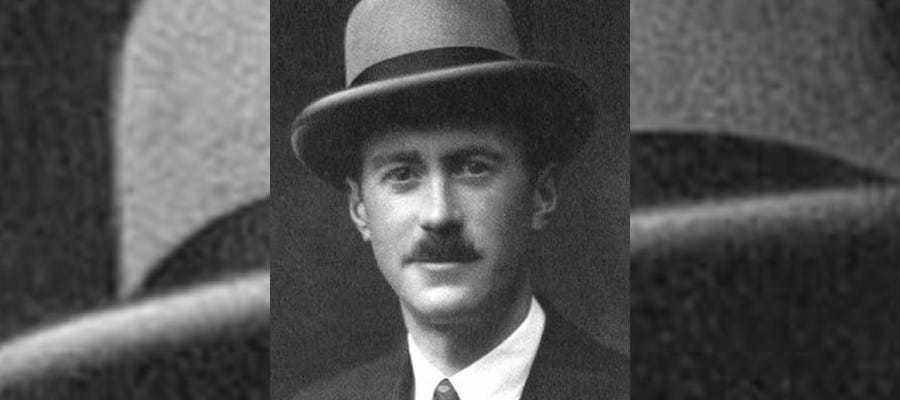
Klein explains her most basic disagreements with Fairbairn:
I disagree — to mention first the most basic issues — with his revision of the theory of mental structure and instincts.
I also disagree with his view that to begin with only the bad object is internalized — a view which seems to me to contribute to the important differences between us regarding the development of object-relations as well as of ego-development.
Klein’s first disagreement concerns Fairbairn’s departure from the traditional Freudian framework. While Fairbairn agrees with the existence of the ego, he reinterprets Freud’s model by prioritizing the ego and rejecting the existence of the id arguing that the ego’s primary drive is related to interpersonal relations rather than instincts. He goes even further to discard the death instinct altogether. Though Fairbairn’s view is not explored here, it is evident that Klein upholds the traditional Freudian model.
Klein’s second disagreement concerns Fairbairn’s claim that the infant initially internalizes only the bad object. Instead, she argues that the good and bad object are internalized simultaneously and projected holistically onto the breast, shaping how the infant interacts with it. (Essentially, both life and death instincts are at play, rather than solely a death instinct — this will be explored later.)
She explains:
For I hold that the introjected good breast forms a vital part of the ego, exerts from the beginning a fundamental influence on the process of ego-development and affects both ego-structure and object-relations.
Here, Klein is explicating why the introjection of the ‘good breast’ is an essential aspect of ego-development. Some of this was already explained in the introduction but will also be explained in further sections. She continues with her criticisms of Fairbairn:
I also differ from Fairbairn’s view that the great problem of the schizoid individual is how to love without destroying by love, whereas the great problem of the depressive individual is how to love without destroying by hate’.
Fairbairn delineates a clear distinction between the struggles of the schizoid and depressive individual. The schizoid individual has issues maintaining emotional connections and often withdraws from relationships out of fear of being overwhelmed. In contrast, the depressive individual is burdened by guilt about their past or present feelings of hatred and fear that they struggle to love without being consumed by guilt. Klein disagrees with this characterization:
This conclusion is in line not only with his rejecting Freud’s concept of primary instincts but also with his underrating the role which aggression and hatred play from the beginning of life.
Unlike Fairbairn, Klein follows Freud’s framework in asserting that aggression, hatred, and fear are present from birth and play a central role in shaping object relations. She argues that Fairbairn underestimates how aggression influences both schizoid and depressive individuals — and how he overlooks the interrelatedness between these two positions.
Klein concludes this section by stating:
As a result of this approach, he does not give enough weight to the importance of early anxiety and conflict and their dynamic effects on development.
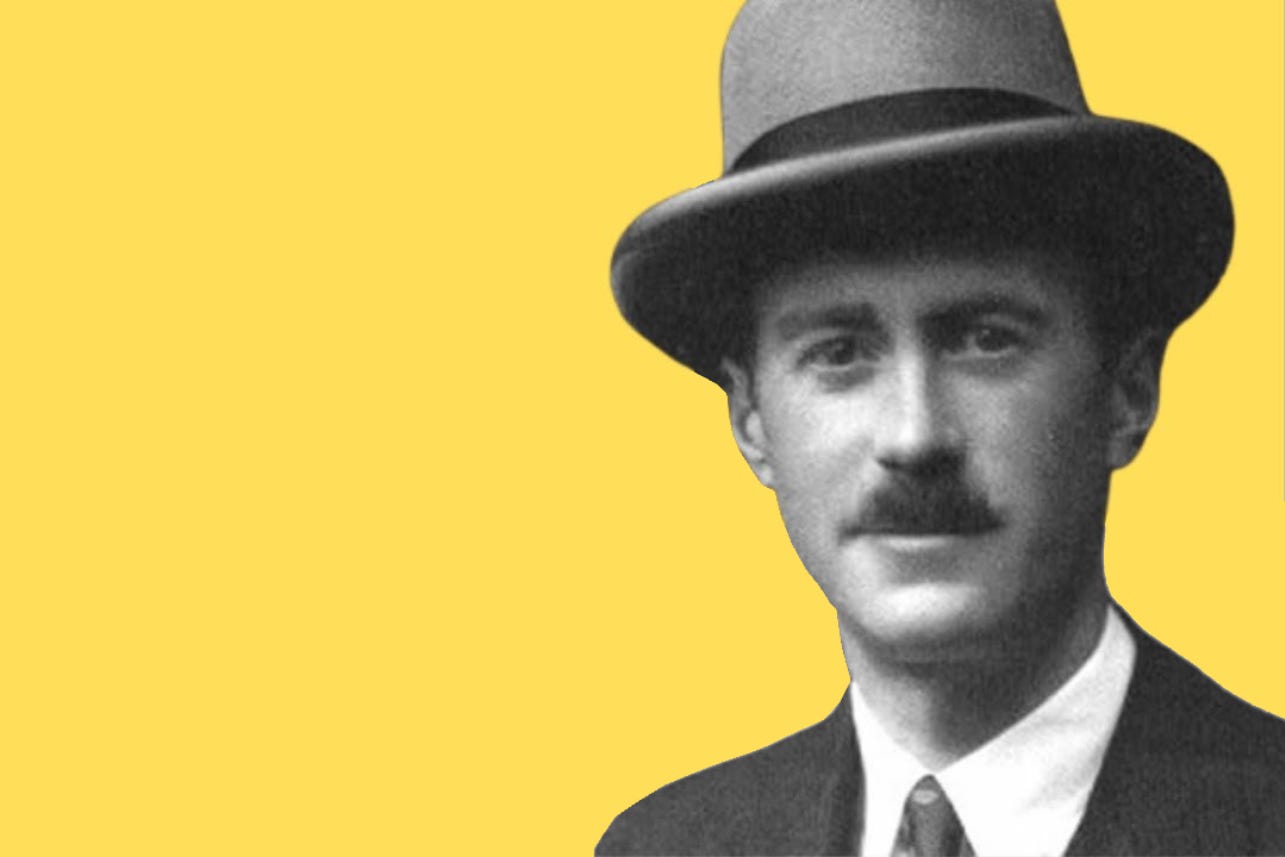
Certain Problems of the Early Ego
To continue:
In the following discussion I shall single out one aspect of ego-development and I shall deliberately not attempt to link it with the problems of ego-development as a whole.
Nor can I here touch on the relation of the ego to the id and super-ego.
Klein clarifies that her focus is solely on one aspect of ego-development — and, she will only focus one the ego rather than its relationship to other psychoanalytic structures such as the id and super-ego. At the time of her writing, there was not much information about the state of the ego in its earliest stage:
So far, we know little about the structure of the early ego.
However, Klein found the analysis of the ego at the time of her writing to be insufficient:
Some of the recent suggestions on this point have not convinced me: I have particularly in mind Glover’s concept of ego nuclei and Fairbairn’s theory of a central ego and two subsidiary egos.
First, she critiques Brith psychoanalyst Edward Glover’s analysis which posits that the ego is not initially unified at birth. Instead, the ego is formed from multiple and various nuclei (which we can call ‘parts’ or ‘fragments’) that eventually integrate over time. According to Glover, psychological illnesses arise when these nuclei fail to properly integrate.
Second, she critiques Fairbairn’s theory, which proposes a central ego along with two subsidiary egos. In this model, the central ego represents the unified self, while the two subsidiary egos are tied to distinct object relations — one linked to an attractive object and the other to a repulsive object. (This differs heavily from the Freudian model by focusing on objects relations rather than instinctual drives.)
Rather than adopting the perspectives of Glover and Fairbairn, Klein draws inspiration from an alternative approach:
More helpful in my view is Winnicott’s emphasis on the unintegration of the early ego.
At this juncture, Klein’s footnote references English psychoanalyst Donald Winnicott’s text Primitive Emotional Development published in 1945. Klein writes that Winnitcott conceptualizes the ego in its early stages as unintegrated and how the failure of the ego to properly integrate due to relational factors contributes to psychological illnesses. She refers to the example of a “woman patient who could not distinguish between her twin sister and herself” found in Winnicott’s studies. (This differs than Glover because Winnicott focuses on relations rather than the ego as a collection of various nuclei.) She continues:
I would also say that the early ego largely lacks cohesion, and a tendency towards integration alternates with a tendency towards disintegration, a falling into bits.
Klein finds Winnicott’s analysis to be the closest, as she believes the earliest stages of the ego lack cohesion. However, she still maintains that the ego has a tendency to both integrate and disintegrate, with the ego’s ability to manage anxiety influencing its degree of cohesiveness in these early stages. This is clarified in a footnote, where Klein notes that “the greater or lesser cohesiveness of the ego” depends on the ego’s capacity to handle anxiety. She writes:
I believe that these fluctuations are characteristic of the first few months of life.

Klein explains:
We are, I think, justified in assuming that some of the functions which we know from the later ego are there at the beginning.
She clearly suggests that the integration of the ego is a gradual process, meaning that the functions of the ego we are familiar with have their origins in the ego’s early development:
Prominent amongst these functions is that of dealing with anxiety.
As mentioned throughout the text, Klein believes that the ego gradually develops and forms defense mechanisms to protect itself against anxiety. She explains:
I hold that anxiety arises from the operation of the death instinct within the organism, is felt as fear of annihilation (death) and takes the form of fear of persecution.
Klein argues that anxiety stems from the death instinct, a psychoanalytic concept that involves a subject’s drive toward self-destruction and aggression. In her framework, anxiety arises from the death instinct and is experienced as a fear of annihilation or death. This fear then becomes attached to an object:
The fear of the destructive impulse seems to attach itself at once to an object — or rather it is experienced as the fear of an uncontrollable overpowering object.
This attachment is a projection upon the “bad breast” — the object the subject perceives as harmful or destructive. The direction of aggression towards this object serves as an attempt to manage the fear of being overwhelmed or annihilated by the object.
Regardless, even though Klein isolates the death instinct as a primary source of anxiety, there are other sources:
Other important sources of primary anxiety are the trauma of birth (separation anxiety) and frustration of bodily needs; and these experiences too are from the beginning felt as being caused by objects.
Klein observes that trauma from birth (separation anxiety), as well as anxiety arising from bodily needs like the feelings of hunger or constipation, are key sources of early anxiety. However, this anxiety is deemed to be caused by objects, leading to the development of defense mechanisms in the ego’s earliest stages, which are centered around the object. Klein writes:
Even if these objects are felt to be external, they become through introjection internal persecutors and thus reinforce the fear of the destructive impulse within.
She explains that although objects are initially perceived as external to the ego, the ego introjects the objects, which in turn reinforces the fear of annihilation.

Klein continues by clarifying what was previously discussed:
The vital need to deal with anxiety forces the early ego to develop fundamental mechanisms and defences.
The destructive impulse is partly projected outwards (deflection of the death instinct) and, I think, attaches itself to the first external object, the mother’s breast.
The death instinct manifests aggression and destruction within the infant. As a result, this instinct causes anxiety, particularly the fear of annihilation. The ego then develops defense mechanisms in order to protect itself against these anxieties. This appears (partly) in the from of projection whereby this destructive impulse is attached to the mother’s breast. Klein further explains:
As Freud has pointed out, the remaining portion of the destructive impulse is to some extent bound by the libido within the organism.
Not all of the destructive impulse is projected onto the mother’s breast; the remaining part is internalized and bound by libido. This internalized energy takes shape in the form of sexual drive and other instincts pertaining to self-preservation. Yet, Klein still finds the anxieties to persist:
However, neither of these processes entirely fulfills its purpose, and therefore the anxiety of being destroyed from within remains active.
Whether projected onto the breast or internalized in the form of libido, the ego must continue with its defense mechanisms — there is always a fear of being destroyed or annihilated from within. Klein continues:
It seems to me in keeping with the lack of cohesiveness that under the pressure of this threat the ego tends to fall to pieces.
Klein argues that in the earliest stages of ego development, there is a constant threat that makes the ego vulnerable to fragmentation. If the ego lacks the necessary strength or structure, it breaks down. In a footnote, Klein references Hungarian psychoanalyst Sándor Ferenczi’s 1930 work Notes and Fragments, where he discusses how living organisms respond to “unpleasant stimuli” through fragmentation, which he suggests could be an expression of the death instinct. Klein highlights the significance of “external conditions” in Ferenczi’s work, implying that objects outside of a subject play a crucial role in the development and breakdown of the ego.
This type of fragmentation is what Klein finds in schizophrenics:
This falling to pieces appears to underlie states of disintegration in schizophrenics.
Schizophrenia is characterized by not having a stable sense of self, and Klein argues that its origins lie in how the infant uses defense mechanisms to cope with anxiety. The projection of the ‘good’ and ‘bad’ breast weakens the ego’s ability to integrate into a cohesive self as it is split.
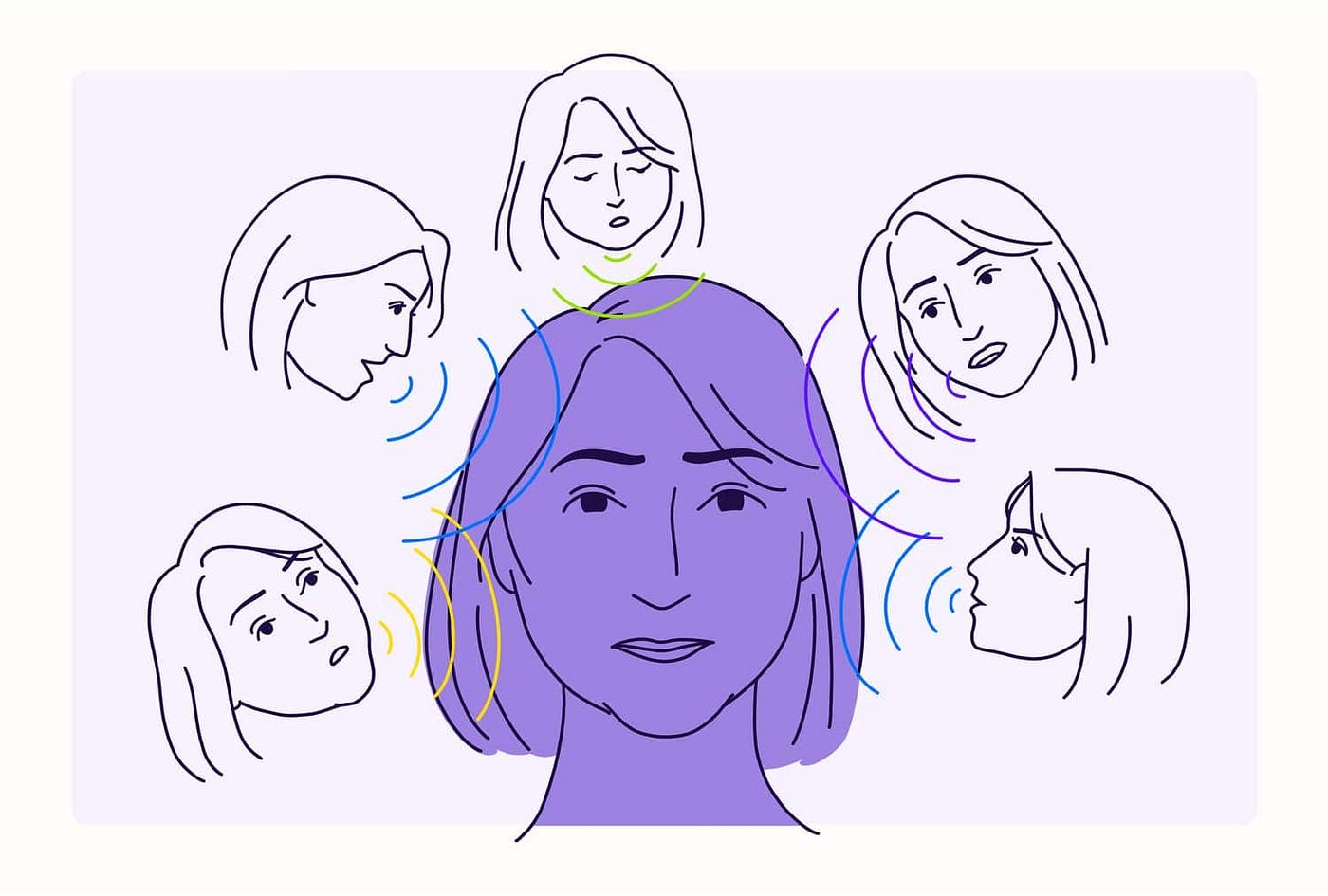
Klein continues:
The question arises whether some active splitting processes within the ego may not occur even at a very early stage.
She questions whether the ego’s “active splitting processes” are inherent to its basic functioning from the part, rather than merely a reaction to fear or the death instinct.
As we assume, the early ego splits the object and the relation to it in an active way, and this may imply some active splitting of the ego itself.
Klein argues that the ego splitting the object into ‘good’ and ‘bad’ may lead to the fragmentation of the ego itself. She explicitly emphasis how the act of dividing external objects might, in turn, cause a splitting within the ego. Furthermore:
In any case, the result of splitting is a dispersal of the destructive impulse which is felt as the source of danger.
As stated earlier, when this splitting occurs, the destructive impulse becomes dispersed by being projected onto external objects. This means that the anxiety does not disappear — it just transforms.
She finishes this section by saying:
I suggest that the primary anxiety of being annihilated by a destructive force within, with the ego’s specific response of falling to pieces or splitting itself, may be extremely important in all schizophrenic processes.
Here, Klein reiterates her thesis that anxieties and the defense mechanisms associated with them play an integral role in the development of schizophrenia.
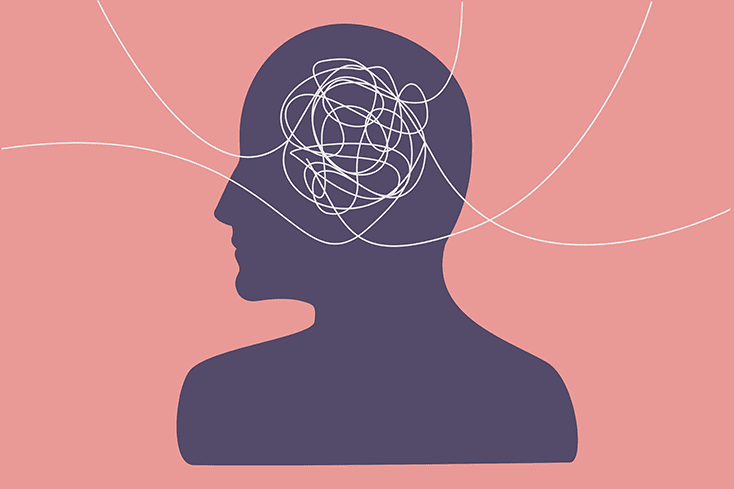
Splitting Processes in Relation to the Object
Klein continues:
The destructive impulse projected outwards is first experienced as oral aggression.
Leave a Reply